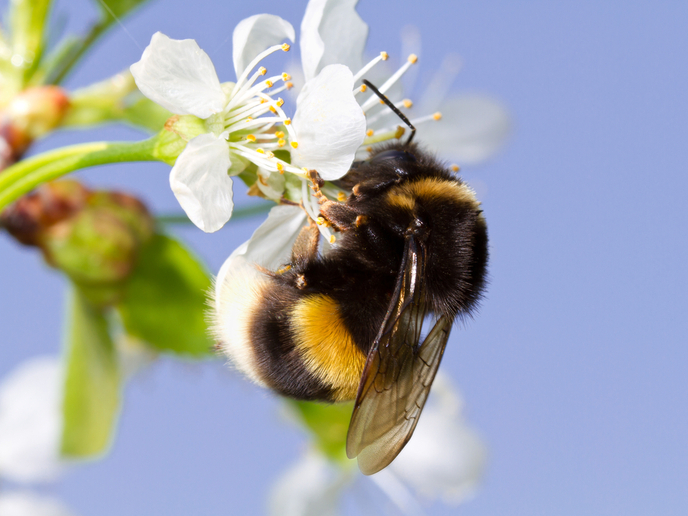Protecting Europe’s pollinators
Pollination is an essential ecosystem service because it underpins food production as well as overall ecosystem health. There is mounting evidence for serious declines in both wild and managed pollinators in parts of Europe and the wild flowers they forage on. Documented causes of pollinator decline include habitat loss and fragmentation, pesticides, pests and diseases, invasion by alien species and climate change. The EU-funded STEP(opens in new window) (Status and trends of European pollinators) project was established to characterise the nature and extent of pollinator community changes. It also examined the relative importance of potential drivers of such change, the impacts this can have on society, and what response opportunities there are for governments and practitioners. Researchers assessed the changes in wild pollinator and wild flowering plant diversity in North West Europe. They found that the declines in the diversity of some pollinators shown before the 1990s slowed down, but have not stopped. Scientists also discovered that wild pollinators, rather than managed honey bees are most commonly the main pollinators of crops in Europe and around the world. Furthermore, many European Member States have insufficient honeybee numbers to meet current crop demands for pollination services. Project partners also investigated the potential effects of multiple pressures on pollinators at different spatial scales: continental, landscape and local. They found that climate was a strong influence on species distributions at large scales but other drivers such as habitat loss and pesticides were important at landscape and local scales. The team reviewed current and future mitigation options to provide novel tests of their effectiveness across Europe, thereby laying the foundation for future pollinator monitoring programmes. It was shown that augmentation with managed honeybee colonies may work for some crops as a short-term solution. However, longer-term solutions such as the provision of habitats for wild bees and hoverflies represents a more sustainable and cost-effective solution. A conceptual framework was developed to evaluate mitigation measures. It showed that the effectiveness of interventions to moderate pollinator loss depends on the land-use intensity of the farming system, the complexity of the landscape, and the ecological contrast created by the strategies used. This highlighted the importance of careful targeting of measures to support pollinators. STEP is an outstanding example of how research can successfully inform policy making, providing evidence for the EU Pollinators Initiative (published in June 2018). It also underpins the development of the European Red List of Bees, giving information on the status of pollinators in the EU and Europe as a whole, and is a major source of evidence for various UN Intergovernmental Science-Policy Platform on Biodiversity and Ecosystem Services (IPBES) reports. The STEP project improved understanding of the nature, causes, consequences and potential mitigation of declines in pollination services, thereby helping protect European agriculture and safeguard food security.







